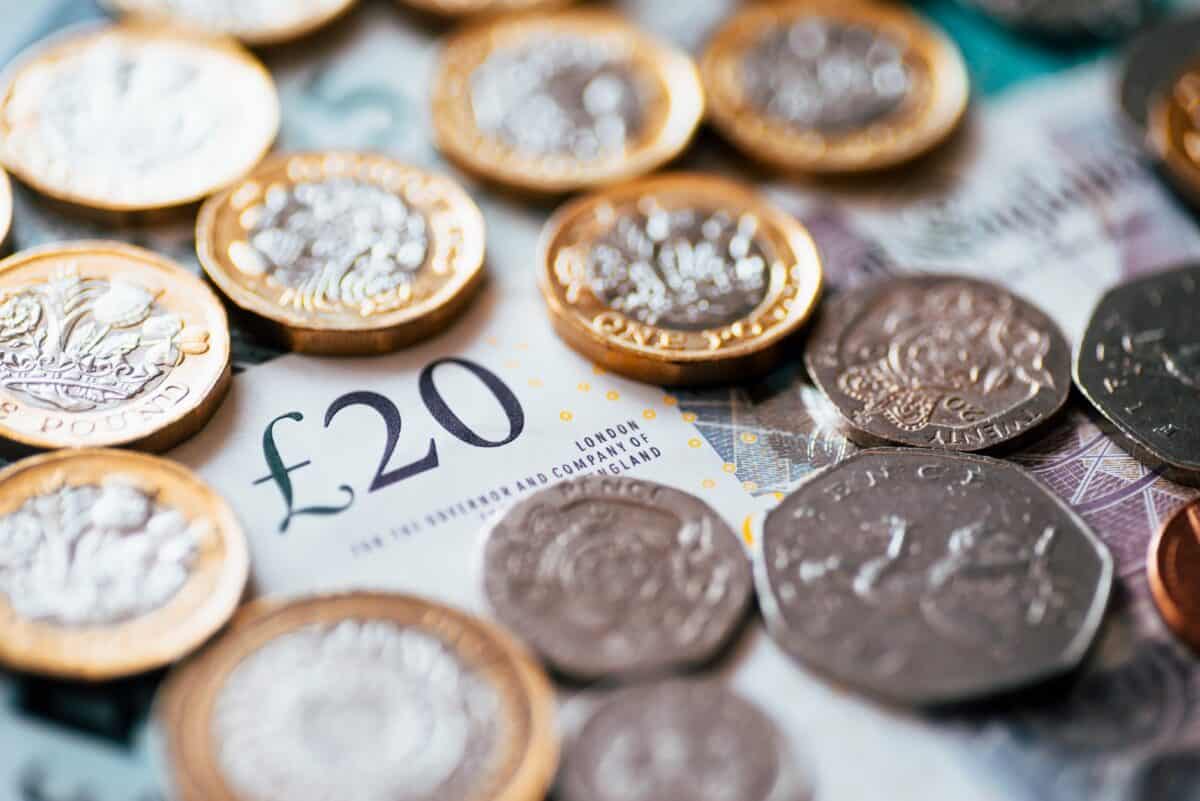For many of us, a Stocks and Shares ISA is an important financial tool. Hopefully, it can help us build wealth.
Just as it makes sense to get a vehicle MOT or a personal health check, I think it makes good sense to review an investor’s ISA periodically with the objective of trying to boost returns.
Here are five steps I would take to that end.
Should you invest £1,000 in British American Tobacco right now?
When investing expert Mark Rogers has a stock tip, it can pay to listen. After all, the flagship Motley Fool Share Advisor newsletter he has run for nearly a decade has provided thousands of paying members with top stock recommendations from the UK and US markets. And right now, Mark thinks there are 6 standout stocks that investors should consider buying. Want to see if British American Tobacco made the list?
1. Revisiting investment cases
When buying a share, consider the investment case. Whether or not it is put in that language, that is what is going on when someone purchases shares. They are weighing the reasons to buy (or not).
Investment cases can change. The market may have evolved, or a company might have shifted its strategy.
Periodically reviewing the investment case for each share you own can alert you to any changes that seem likely to drive the price (or dividend) down. That can help us make choices as investors that boost returns.
2. Letting go of unhelpful emotions
Sometimes we can become emotionally attached to a particular share. That might be comfortable – but not useful – when it comes to growing the value of an ISA.
By taking a hard-headed, rational approach to what we hold and why, hopefully it is possible to weed out some investments that have outlived their purpose but still exert an emotional pull on us.
3. Scrutinising how dividends are funded
A common error investors make is buying high-yield shares only to see their dividends cut or cancelled altogether – and the share price falls as a consequence.
Owning shares that maintain or keep growing their dividends over the long term would hopefully help me earn more from my ISA than buying into companies with unusually high yields, only to see them cut dramatically.
So as an investor, I pay close attention to what a company’s free cash flows are – and what I think might happen to them in future, based on its commercial prospects.
4. Minimising fees and commissions
A simple way to improve my ISA returns is reducing my spend on fees and commissions.
So I think it makes sense for me to consider the different Stocks and Shares ISAs available on the market and choose the one that suits my own needs best.
5. Avoiding ‘good’ companies and going for great
Many shares could give me a decent return in my ISA – but only a limited number offer me a great return. Ahead of time it can be hard to know which ones (or everyone would buy them!)
So I look for certain characteristics. Consider as an example my stake in British American Tobacco (LSE: BATS).
The company ticks a lot of boxes for me. Its market is big. It has a number of competitive advantages within that market, from global distribution networks to a portfolio of premium brands.
Its balance sheet could carry less debt, in fairness, but British American is a proven cash generator and has a generous dividend. Indeed, the share yields 8.6% and has raised its dividend annually for decades.
One risk is that demand for cigarettes, though still big, is declining. But British American has been expanding its non-cigarette business. I have no plans to sell this high-income share!







